Australia-based startup Recharge Industries, owned by US fund Scale Facilitation, announced in January that it would build a lithium-ion battery gigafactory in Geelong, Victoria, targeting an annual capacity of 6 GWh by 2026.
That project, however, appears to now be temporarily sidelined with the Australian Financial Review reporting that Recharge has redeployed most of its 160 worldwide staff to execute its plan for a 30 GWh battery cell manufacturing facility in Cambois, Northern England.
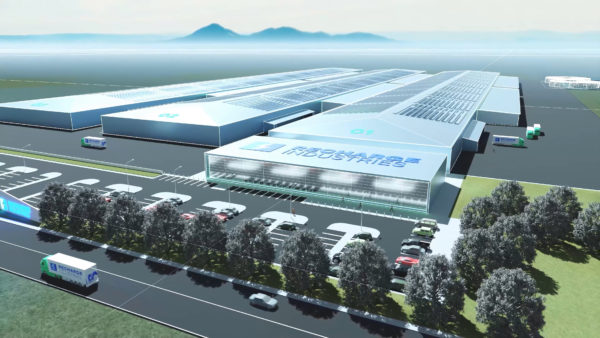
Image: Accenture
In February, just weeks after the Avalon Geelong factory announcement, Recharge acquired collapsed company Britishvolt’s assets and business. Recharge’s takeover seeks to resuscitate the insolvent company’s multibillion-dollar plan for a manufacturing plant in Cambois.
That resuscitation is now Recharge’s main focus, with the startup’s founder, David Collard, telling the AFR: “In effect we had the site in Geelong ready, everything was going forward, and then Britishvolt happened.”
The Britishvolt manufacturing site is more advanced than its Geelong plan, and the site is considered “shovel-ready” with planning permission, designs and existing infrastructure in place.
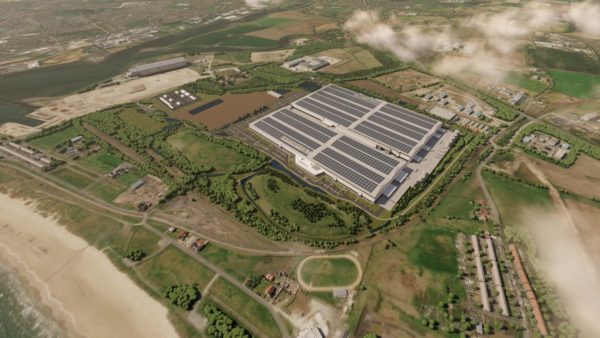
Image: Britishvolt
According to the AFR, Recharge has also signed an investment deal with real estate fund Tritax Management, majority owned by investment giant Abrdn, which will account for £1 billion ($1.85 billion/USD 1.25 billion) of the project’s more than £3 billion ($5.56 billion) estimated cost. Tritax Management appears to have previously had an investment deal with Britishvolt.
While Recharge will focus on its British gigafactory, Recharge Industries Australian CEO Rob Fitzpatrick says the Geelong project will see “significant benefits from being part of a larger manufacturing ecosystem.”
This is because Recharge is hoping both its British and Geelong plants will be able to share “parallel and replicating” designs. “Being part of a larger battery cell production ecosystem de-risks our construction process – enabling us to adopt a “design once, build many” approach. It helps to de-risk supply chain by aggregating greater volumes that allow us to be a more serious supply chain partner, moving us closer to the front of the cue. And it de-risks our financing by proving that we’re a more investable entity,” Fitzpatrick said.*
Recharge Industries is aiming to be manufacturing batteries at its Cambois factory as early as 2024, with the initial construction providing for 6 GWh of annual capacity, before scaling up another 6 GWh in the second phase, and finally adding an additional 18 GWh of capacity to reach its final 30 GWh scale.
Crucial to Recharge’s pitch is that it will use battery technology from US company C4V, removing the expense of developing its own process.
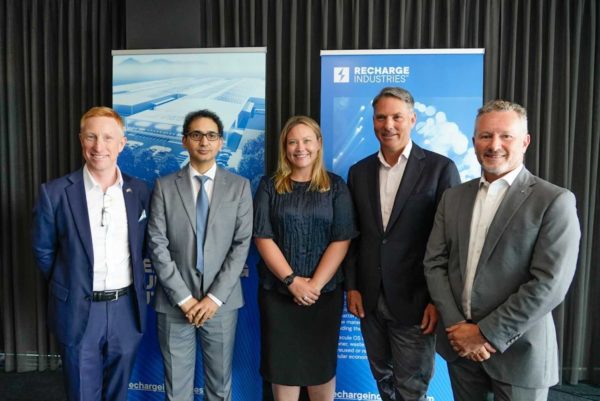
Image: Recharge Industries/LinkedIn
While founder David Collard insists the refocus is simply a pause on the Geelong plans, rather than a stop, the news comes on the same day another Australian battery manufacturing company has touted its international plans.
Australian companies all-abroad battery vision
Magnis Energy Technologies, an Australian graphite miner turn integrated lithium battery company, has today announced its Nachu project in Tanzania has delivered sample feedstock that meets the requirements for batteries in both the electric vehicle and stationary storage industries.
Magnis had formerly planned to build an 18 GWh lithium-ion battery factory in Townsville, northern Queensland. It quietly abandoned those plans in February though.
Although Magnis is an Australian, ASX-listed company, most of its ventures are now abroad – including a proposed AAM plant, which is to be constructed in New York, as well as the Tanzanian Nachu Project, which includes both a graphite mine and planned Active Anode Material (AAM) facility.
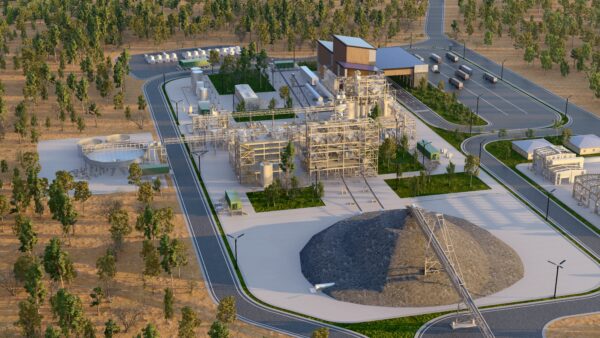
Image: Magnis Energy Technologies
The company also announced it had raised $25 million through a share issuing facility.
Australian battery hype countered by company exits
With Australia’s hydrogen superpower vision slowly deflating under the far bigger, more ambitious schemes now being offered in the US, Europe, and elsewhere, the country’s ambition is rapidly refocusing on battery critical minerals.
Australia is home to some of the world’s largest critical mineral deposits, including lithium, and boasts highly advanced mining industries. A bounty of research has touted the potential economic (though not environmental) advantages of refining and manufacturing these critical minerals onshore, rather than simply exporting raw materials as we do today.
While actual battery cell manufacturing, which does not exist at all in Australia today, is still widely seen as a stretch, politicians are hyping the nation’s potential to do more to capture the value chain from the booming battery industry.
The fact that the handful of companies seeking to manufacture batteries within Australia have either abandoned or paused these plans, however, hardly bodes well.
–
*Article amended on June 14 to include additional quotes and information from Rob Fitzpatrick, Recharge Industries Australian CEO
This content is protected by copyright and may not be reused. If you want to cooperate with us and would like to reuse some of our content, please contact: editors@pv-magazine.com.
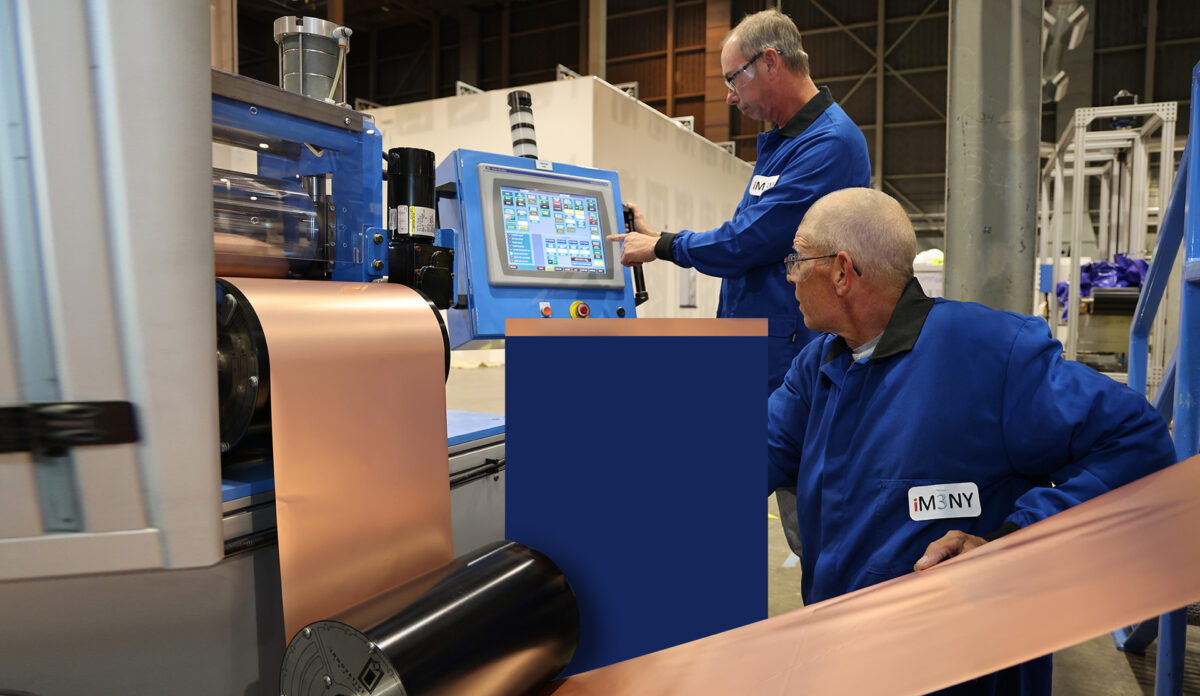








Hydrogen was never going to work as anyone with even the remotest understanding of the physics behind it would know (you really have to wonder how it got the attention it did in the first place – unless there were a few Aussie Trevor Miltons behind it all?) – read why here: http://planetforlife.com/h2/index.html.
It makes complete sense for RI to do a trial run in the UK, using a lot of other people’s money to see if it all works… and then use all that experience to do the same job without the errors in Australia in due course.